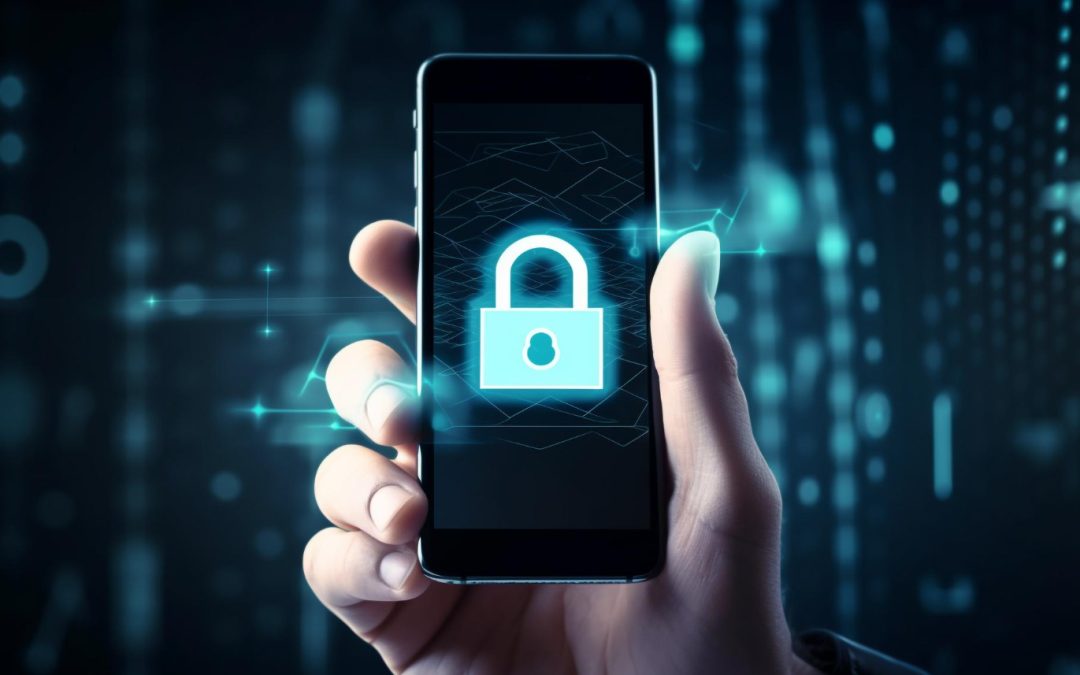End-to-End Encryption in Messaging Applications
In today’s digital era, data breaches and unauthorized surveillance are common threats. Protecting the privacy of online communication has become critical. One of the most reliable ways to safeguard messages is through end-to-end encryption (E2EE). This guide explains how E2EE works in messaging applications and why it ensures that only the sender and receiver can access the conversation.
What Is End-to-End Encryption?
End-to-end encryption secures communication so that third parties cannot intercept or read messages. In messaging apps, this means only the sender and recipient can access the content. Even the service provider cannot view the conversation.
E2EE encrypts messages on the sender’s device, keeps them encrypted while traveling across servers, and decrypts them only on the recipient’s device. This process relies on cryptographic keys, usually a mix of public and private keys.
Key Components of E2EE
1. Cryptographic Key Management
The backbone of E2EE is secure key management. Each user receives two keys:
- Public Key – shared openly to encrypt messages.
- Private Key – kept secret to decrypt messages.
Key management involves:
- Public Key Infrastructure (PKI): Verifies key ownership with digital certificates and allows secure exchange.
- Key Exchange Algorithms: For example, the Diffie-Hellman method lets two users generate a shared secret over an insecure channel.
2. Encryption Algorithms
Choosing a strong encryption algorithm is essential. AES (Advanced Encryption Standard) is widely trusted for both speed and security. Among its modes, AES-GCM (Galois/Counter Mode) is often preferred because it provides encryption and authentication simultaneously.
3. Application Integration
Integrating E2EE into a messaging app involves several steps:
- Initialization: When users register, the app generates a key pair. The public key goes to the server for sharing, while the private key stays on the device.
- Key Exchange: The app retrieves the recipient’s public key to encrypt outgoing messages. The recipient’s app uses the sender’s public key for replies.
- Encryption & Decryption: Each message is encrypted on the sender’s device and decrypted only on the recipient’s device.
- Secure Storage: Messages stored locally remain encrypted, protecting them from unauthorized access.
4. Security Considerations
Several practices strengthen E2EE:
- Forward Secrecy: Session keys ensure that even if a private key is compromised, past conversations remain protected.
- Regular Key Renewal: Updating keys regularly reduces long-term vulnerabilities.
- Verification Mechanisms: Allowing users to verify keys helps prevent man-in-the-middle attacks.
Challenges and Solutions
Implementing E2EE presents challenges such as complex key management, slight message delays due to encryption, and legal restrictions in some regions. Developers can overcome these by:
- Using trusted cryptographic libraries.
- Optimizing encryption for performance.
- Ensuring compliance with laws and regulations.
Conclusion
End-to-end encryption is vital for protecting private conversations in messaging applications. By applying strong key management, encryption algorithms, and verification practices, developers can create secure platforms that allow users to communicate without fear of interception. As cyber threats continue to evolve, adopting robust security measures like E2EE is no longer optional it is essential.

